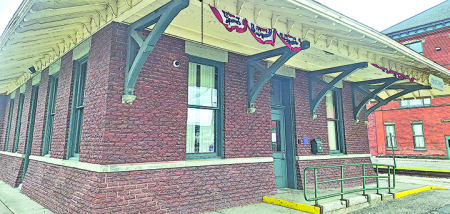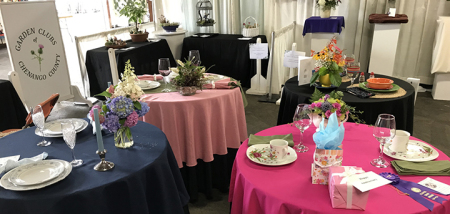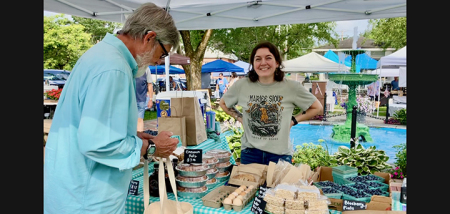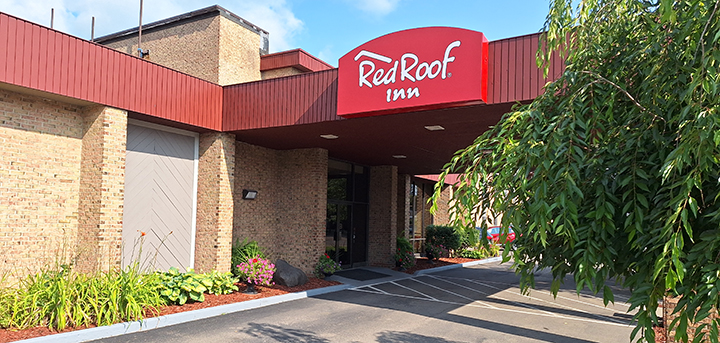Hanging By A Thread
Published:
April 21st, 2016
By:
Josh Sheldon
Life as we know it is quite cushy when compared to the lifestyles of our ancestors. We produce so little for ourselves these days that it’s becoming trendy to make things. Being able to survive outdoors is also becoming the new cool thing, which is pretty ironic to me.
The world of our ancestors no longer exists. We have chosen expediency over purity which will inevitably be the undoing of mankind. In our nearsighted existence, we are blinded to the blight of future people. It wasn’t always like this and has been documented worldwide. Indigenous peoples had been surviving in harmony with nature until the last five hundred years on our continent and no more than a couple thousand nearly anywhere else in the world. With every advance in technology another useful tool was taken from our hands. Our ability to survive outdoors has become so weakened that we are almost beyond the point of no return. Only by walking in the footsteps of our ancestors, will we be able to save our world.
If I had to put my finger on when humanity crossed the line, it would be when we chose to make and use plastic. Of all the toxic manmade garbage, plastic seems to rear its ugly head in even the most remote of places. Knowing that the substance does not biodegrade in a reasonable enough time period to be safe and choosing it anyway because it makes your life easier, was the point at which we stopped caring about future people. Don’t get me wrong, there were plenty of manmade non-biodegradable items being produced when plastic came around, but plastic cast the shadow that threatens the undoing of mankind. We are moving at such a speed that the earth can no longer keep up with us. We are harming the most important things that cradle life on this planet and need to check ourselves! In the past, native people of a landscape would move on as resources were depleted in the area. This prevented damage to the land and animals by allowing them to regenerate before humans returned. There are verbal records of tribes cycling and inhabitation patterns that span nearly 100 years. They would recall the land of their grandfather’s grandfather and return to it, as it was said to be a prosperous area in the past. We no longer do this as people. We just reach farther across the land with planes, trains and semi-trucks to take what’s needed. The problem with this is you sooner or later run out of materials or food.
In my studies of ancient people and how they survived, it became very clear as to what connected the people to their landscape. Simple fibers that were twisted into thread became the link that connected them. It all becomes obvious if you go into the woods or attempt any outdoor task without some form of cordage. It’s almost impossible to move wood in any quantity, build a shelter, start a fire, snare an animal, catch a fish, or get game back to camp without some form of string or rope. Most of these inadequacies will cost you your life in a survival situation, so learning to make cordage was at the top of my list of survival skills. There are many plants that offer strong and long enough fibers to make cordage, but there are a few that are stronger and more common than others. In our area, we have Milkweed, Stinging Nettle, and Dogbane, which all produce strong cordage. My favorite plant and likely that of native people in our area is Dogbane which is also known as Indian hemp in modern times. The name “Indian hemp” was given to the plant because its fibers are much like that of the hemp plant, which are long and strong yet less coarse than hemp. When worked properly, the cordage made is almost as soft as silk, lending its uses to clothes and not just binding and lashings like many other fibers. There are plenty of videos online if you would like to learn to make cordage and I’m in the process of creating on outdoor school locally. We will be focusing on wild edibles, from flowers to fur and finned creatures, to everything in between. In addition, we will also be offering classes on friction/modern fire, shelters, pottery, stone tool, bows/arrows and the production of traps and snares, all using ancient tool technology. Anyone interested in classes you may contact me 607-316-2936. I see this as a great way for people to get outdoors, learn a bit about our ancestors, and learn some skills that could possibly save your life.
Now is the time to step back and take a look at old ways of living, before there’s no life left. As I see it, life on earth is hanging by a thread and the choices we make for the future will dictate the longevity of human existence on this planet.
Good wishes and do all you can to strengthen and not poison the human string of life!
Author: Josh Sheldon - More From This Author
Comments










